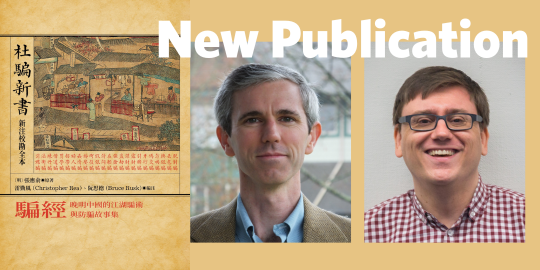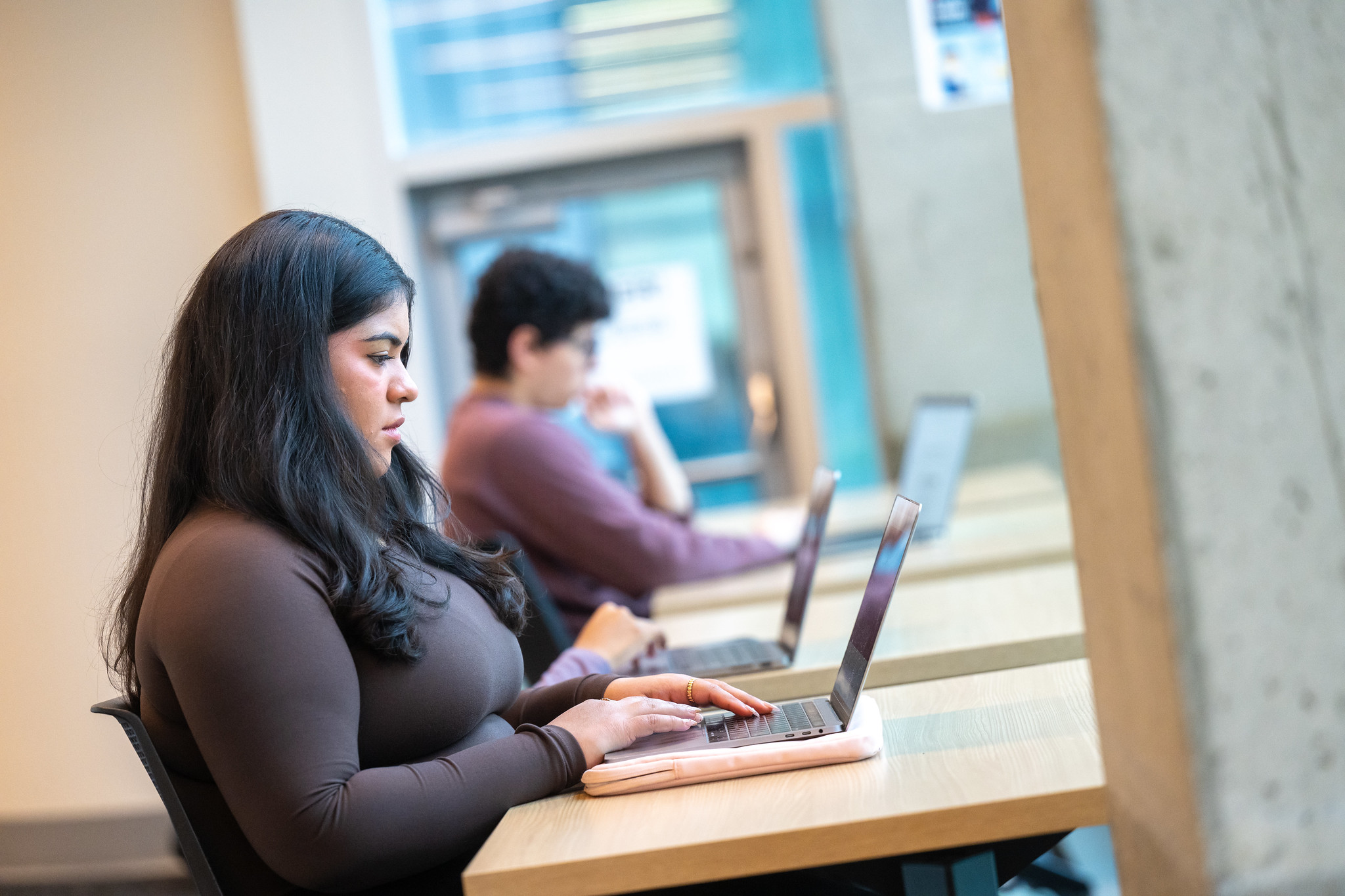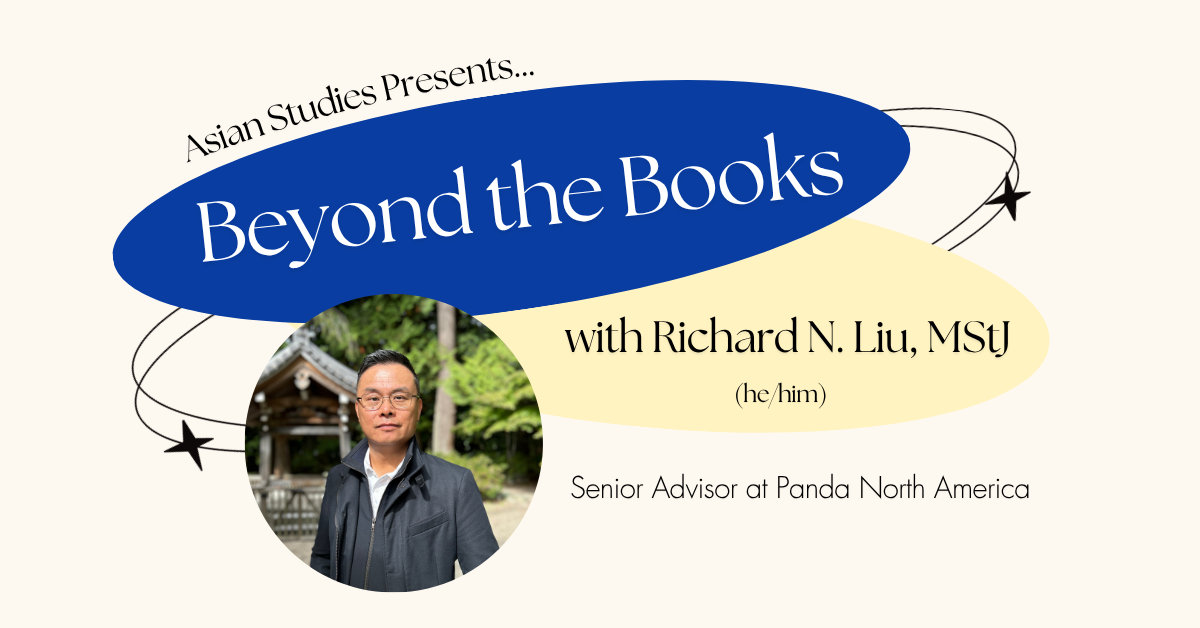
With the Winter Session fast approaching, you’ve probably given your course schedule plenty of thought. But with so many options to explore, you may be thinking: is there anything else out there I missed?
Whether you’re having second thoughts about a course you’ve already chosen, still looking for a course that’ll fulfill requirements or you realize you want to take something completely new, we’re here for you! Here are 9 Asian Studies courses we think you might like for the upcoming academic year.
Jump ahead:
Literature
Topics in Japanese Cultural History I: Aristocrats and Warriors (ASIA_V 344)


Offered in Term 1
Taught by Dr. Joshua Mostow
Written in the early 11th century by the court lady Murasaki Shikibu, The Tale of Genji is Japan’s most important literary work and the world’s first psychological novel. For over 1,000 years it has been read and re-read, illustrated and adapted; over the course of the term, we will read the text and study its illustrations and visual adaptations, ranging from 12th century illustrated scrolls to contemporary manga and anime.
Students will read the Tale in its entirety, translated in the language of their choice (e.g., English, Modern Japanese, Chinese, French) and will be encouraged to devise research projects that satisfy their individual interests to examine the influence of The Tale of Genji on Japanese culture, whether that be, for example, food or erotica.
History
History of the Indian Ocean World (ASIA_V 390)
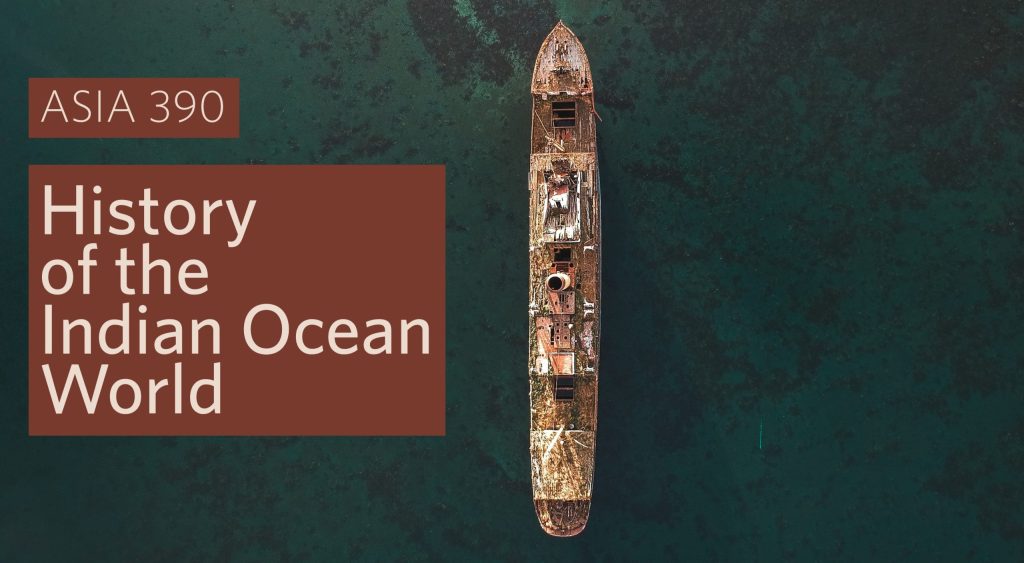

Offered in Term 1
Taught by Dr. Sebastian Prange
This course examines the history of societies and empires that were shaped by voyages of exploration, religious pilgrimages, trading diasporas, and forced migration across the world of the Indian Ocean. Throughout human history, the Indian Ocean has served as a key arena of connections, exchanges, and conflicts and became the site of the first “global” economy.
A study of this region allows students to engage with a range of different approaches (such as political, economic, cultural, and religious studies), different periods (from the medieval to the present day), and different places (from Africa and the Middle East to South, Southeast, and East Asia).
Religion
Classical Islam (ASIA_V 391)


Offered in Term 1
Taught by Dr. Rumee Ahmed
This course examines the contested histories, texts, and major Islamic movements from the rise of Muhammad in Arabia to the fall of the Abbasid Empire (ca. 1258). We will examine the influences that major events, ideas, and groups from that era have on contemporary ideology, practice, and policy.
Over the course of the term, we will cover a broad range of topics, including political history, sacred texts, theology, philosophy, mysticism, jurisprudence, and legal theory, and examine how each has been contested over time and in the present day.
Buddhist Narratives in South Asia (ASIX_V 300E)


Offered in Term 1
Taught by Dr. Janet Um
In northern India during the 6th century BCE, Siddhartha Gautama abandoned a life of worldly pleasure to become the Buddha – the founder of the philosophy and religion now known as Buddhism. This course introduces the life and teachings of the Buddha as depicted in South Asian narrative literature and art.
We will explore narrative accounts from South-Asian Buddhist sources, such as scripture, poetry, sculpture, and painting, in order to gain insight into the power of storytelling and to better understand how narratives shape the beliefs, practices, and philosophical tenets of Buddhism in South Asia and beyond.
Gender and Sexuality
Queer/Early/Asias (ASIA_V 366C)
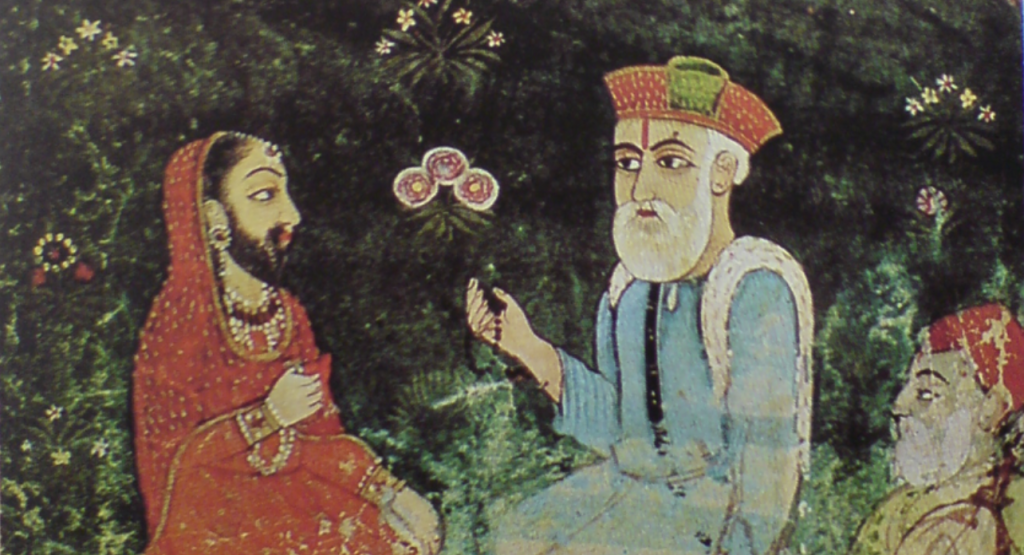

Offered in Term 1
Taught by Dr. Kiran Sunar
This course offers an introductory survey of gender and sexuality studies as applied to non-Western, non-contemporary contexts. We take up literary and visual texts from the pre-modern period to think about queer Asian pasts alongside contemporary secondary scholarship and regional creative adaptations that produce queer Asian futures.
This course is hybrid – we will meet synchronously twice per week (once per week on Zoom, and once per week in-person).
Gender and Sexuality in Modern Iranian Narratives (ASIA_V 461)


Offered in Term 1
Taught by Dr. Mostafa Abedinifard
What do a late-19th century Iranian woman’s satirical diatribe in response to a misogynist tract; an Iranian male author’s candid memoir of his infertility; a Persian joke cycle about the alleged cuckoldry of a city’s men; another joke cycle exploring a particular form of pederasty; and a movie that centers around nonbinary gender identities in post-revolutionary Iran tell us about the structures of gender in modern Iranian culture and society?
In this course, we will be studying these and other texts from modern Iran and putting them in their historical and sociopolitical contexts to explore their representations, constructions, and contestations of gender and sexuality in Iran from the late 19th-century to the present.
Politics
Chinese Political Thought and Institutions (ASIA_V 411)


Offered in Term 1
Taught by Dr. Josephine Chiu-Duke
This course enables students to understand the Chinese political tradition and its cultural background, formation of the earliest Chinese state, and its impact on later dynasties. We will examine Chinese theories and practices of government and administration from earliest times to the 6th century.
Culture
The Sanskrit Cosmopolis: India and the World, 200-1500 CE (ASIA_V 370)


Offered in Term 1
Taught by Dr. Janet Um
By the beginning of the first millennium CE, Sanskrit had become the primary language of politics, religion, philosophy, science, and the arts across the Indian subcontinent, and eventually traveling across much of Asia. How did Sanskrit become such a cultural force?
This course explores this question by introducing you to Sanskrit documents, literary works, and performance traditions from 200–1500 CE. By engaging with these sources in English translation, we will consider how Sanskrit informed cultural and social life across first-millennium South and Southeast Asia. We will also investigate how regional languages rose in status to give rise to the linguistically rich landscape of South Asia that we see today.
Visual and Material Cultures of Asia (ASIX_V 300D)


Shamsia Hassani, Words, 2012. MOA Collection: 3280/3
Offered in Term 1
Taught by Dr. Fuyubi Nakamura
This course will examine how Asia has been imagined and represented from a historical perspective, and see how certain elements of such discourse and representation continue in the present. We will also consider whether we can still talk about cultural practices based on race, ethnicity, nationality or geography in the 21st century when people and objects are increasingly moving around the globe.
Effectively a globalized examination of localized cultural Asia, this course will explore the impact of transnationalism on visual and material cultures in the contemporary world from an interdisciplinary perspective. Visits to museums and galleries will be an integral part of the course.
